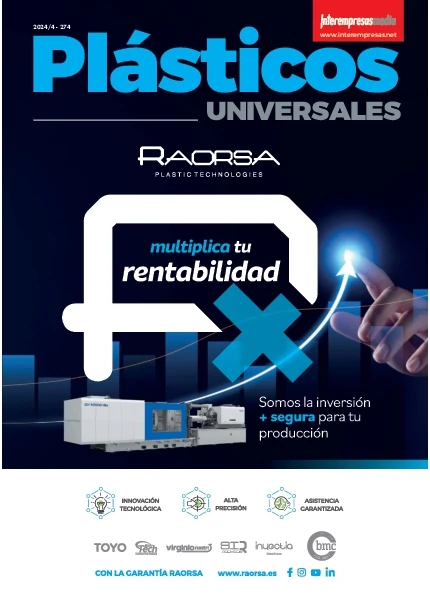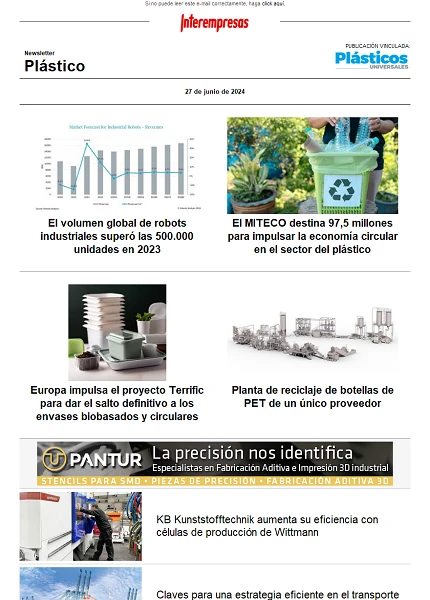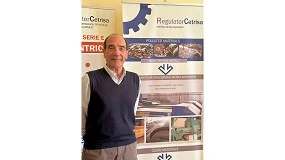Aiju investigates waste substances in the manufacture of articles for infant feeding
Aiju28/04/2008
April 28, 2008
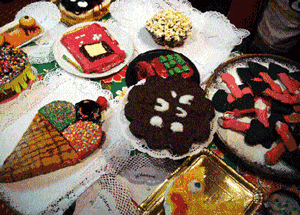
This regulation is complemented by various directives, seeking to introduce provisions that allow to guarantee the basic principle laid down in the regulation.
Childcare articles were covered by the General directive on product safety (2001/95/EC), and fortunately it has specific regulations which provides for the physical, chemical and mechanical evaluation from the point of view of child safety. However, childcare articles intended for infant feeding bottles, teats, learning vessels, covered and children's dishes, moreover, must comply with the General restrictions imposed by being in contact with food products. Consequently, the provisions set out in the framework regulation are complete application.
As a result of the variability of materials that may be in contact with food, the regulation foresees the creation of specific directives focused material. Plastics are one of the main materials used and for which there is increased both legislative and policy development. The specific directive for plastics is 2002/72/EC which indicates the positive list of starting substances and certain authorized additives (including individual restrictions, this is known as the specific migration limit) as well as the need to comply with the overall migration limit.
The project
In the research process are considered especially different types of aromatic amines and configures a pre-normativo development for the analysis of them according to the legislative requirements in this type of product, especially with regard to good manufacturing practices legislated in articles 56 and 7 of the general regulation.
Procedures for the determination of overall migration constitute the standard in 1186. For the determinations of specific migrations, up 28 documents (standards and technical specifications) are collected to date in the series CEN/TS 13130 CEN (European Committee for standardisation) developed in collaboration with the JRC Institute for health protection and consumer) of the European Commission. However, this compilation is clearly insufficient if we consider the enormous amount of substances whose specific migration limit is required.
The project has focused on the determination of aromatic amines that certain dyes release when they are subject to certain conditions of processing. Given that the series of standards developed do not yet cover all of these amines, has been considered necessary to the development of methods for the determination.
To this end, has been used chromatography liquids ultrafast UPLC combined with conventional techniques of extraction and concentration.
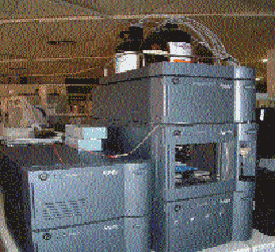
Specific migration of aromatic amines in plastics
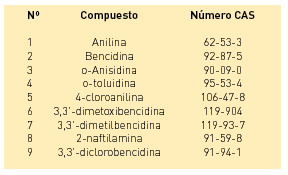
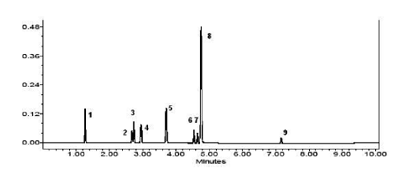
As a prelude to the determination, prepare solutions with concentrations in amines of interest and are subject to adequate procedures for extraction to be subsequently analysed. To do so, as average simulante, it chose to use water and acetic acid on the one hand because they simularían aqueous foods and the simulante substitute isooctane, with which it is initially easier to work as an alternative to olive oil (suitable for foods with FAT). The withdrawals were optimized to achieve quantitative and repeatable recoveries. However, we need additional measures to avoid losses in the most volatile amines.
It is the technological centre of the toy, expert in children's items and leisure. The laboratory of the Centre has equipment for the execution of all standardized tests that are applicable in the sectors of the toy and child care. The laboratory also has different accreditations for the conduct of his essays, which included contacts with food.



